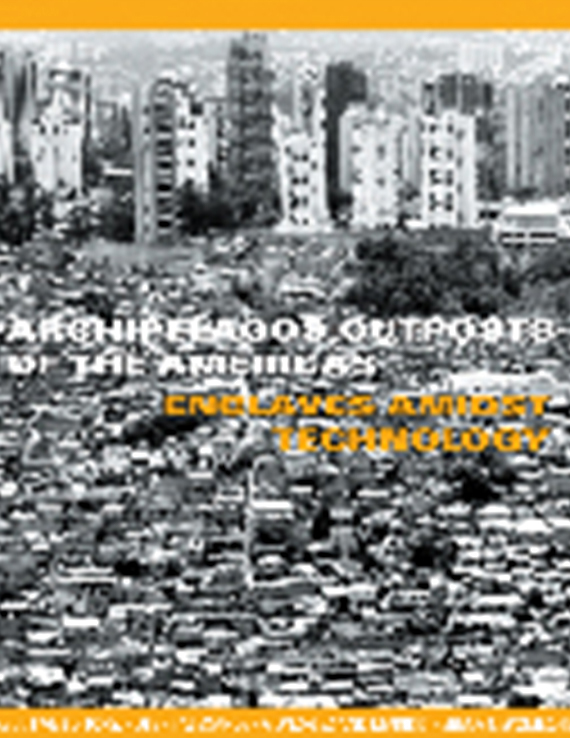Author(s): Jim Sullivan & Patricia Boge
If architecture, by nature, weaves together various knowledges (i.e. technology, culture, and history), then architectural education may be most successful when taking a similar approach. While individual courses have their own syllabi, objectives, and intent, their best value is found in moments of overlap, when the material of one course dovetails with that of another. In the second-year curriculum at Louisiana State University, three required courses—theory, drawing, and design studio—have been interwoven to overcome compartmentalization and engage students in overlapping, discipline-specific knowledge and skills and a consistent habit of critical inquiry.This paper presents the courses and coursework of this program and discusses its strategies for interweaving. These courses, specifically building analysis, free-hand drawing, and design studio, have dissimilar course content and objectives, yet contain consistent themes and skills that weave them together. These are: acute observation, drawing conclusions from observed evidence, explicit demonstration of thinking, working through a hierarchy of scales, and precise and accurate use of language and representation.Ultimately, this curriculum compares itself as a model with others found in architectural education (such as master-apprentice) as a means to advocate for the weaving of courses in both inter-year and intra-year curricula. Benefits and drawbacks of weaving are considered, as well as its implications on individual creativity/genius and individual academic faculty interests. Curricular weaving recognizes knowledge as truly gained through long infusions of learning overarching themes, skills, and habits of thought; and that this, in the end, provides a more cohesive, consistent and productive educational model.
Volume Editors
Marilys R. Nepomechie & Robert Gonzalez
ISBN
0-935502-54-8

 Study Architecture
Study Architecture  ProPEL
ProPEL 
